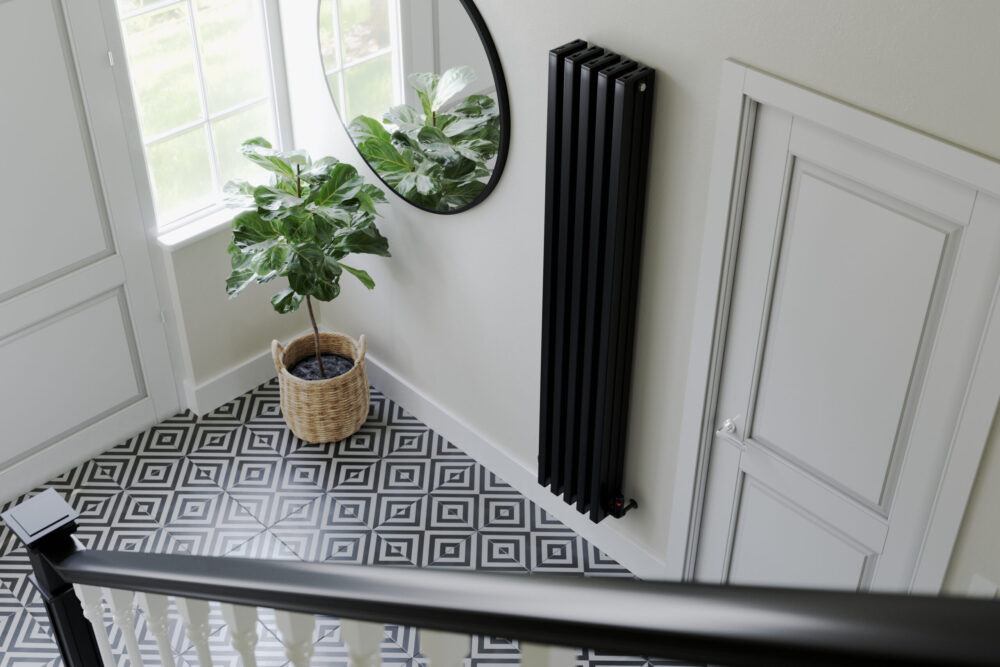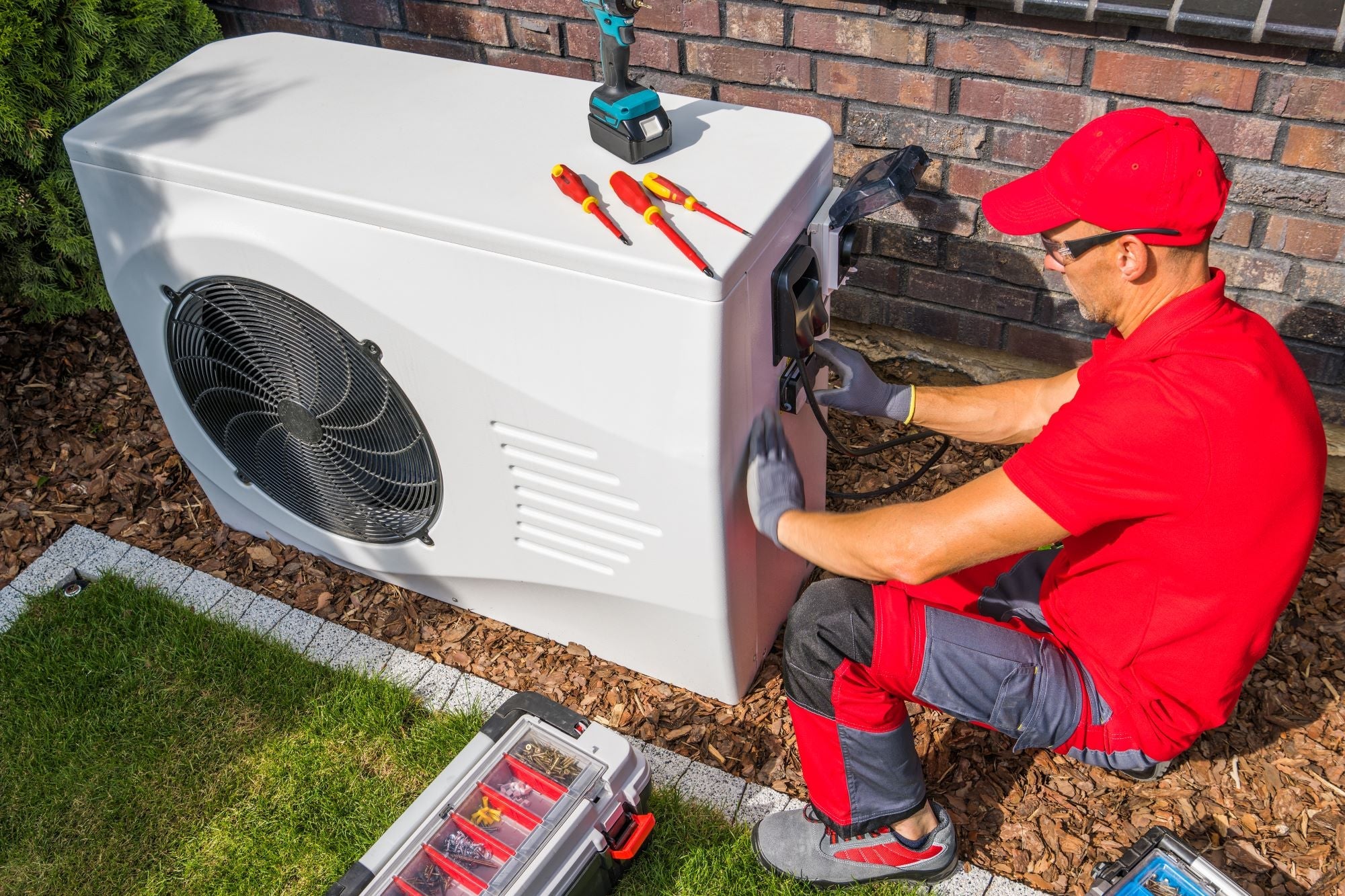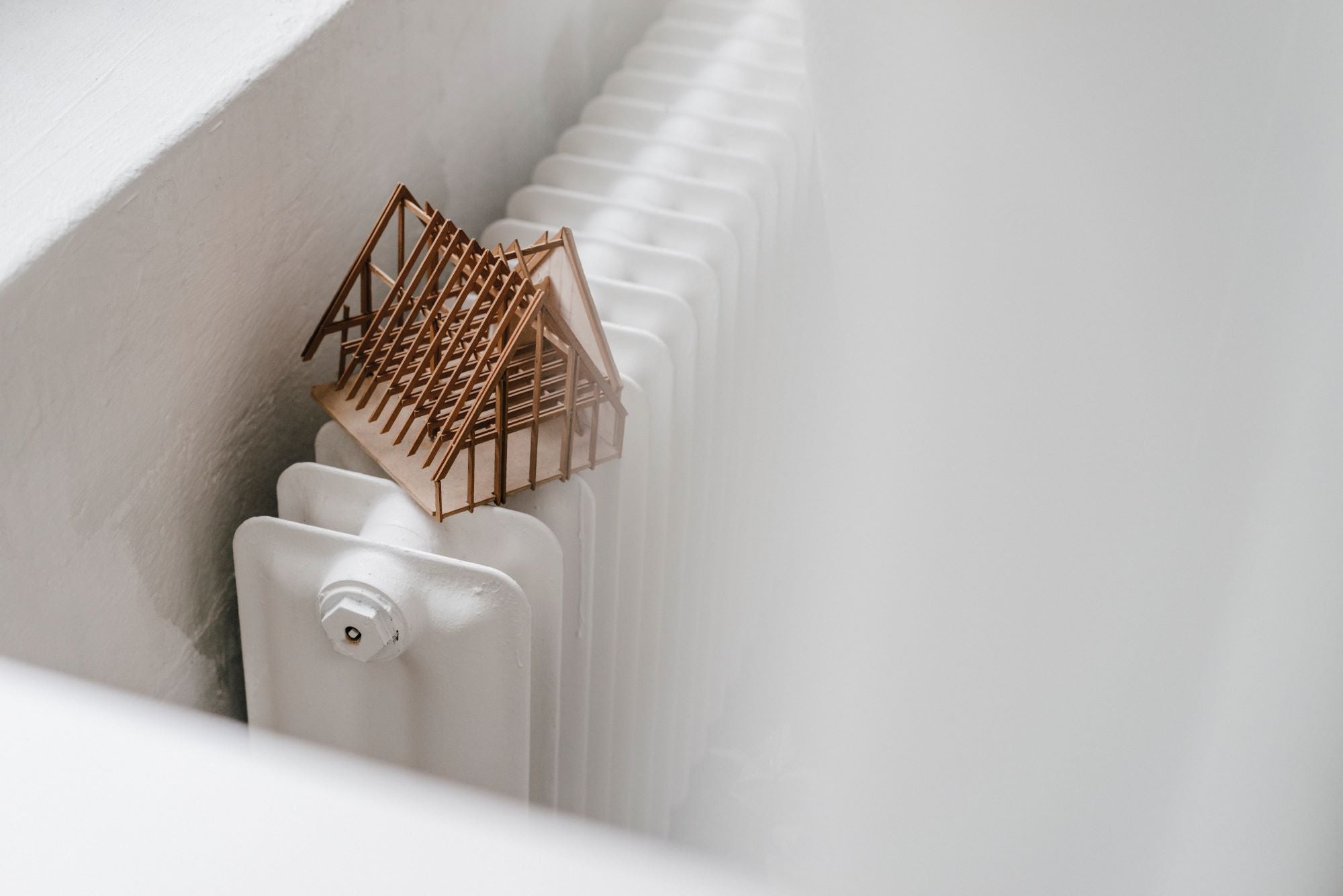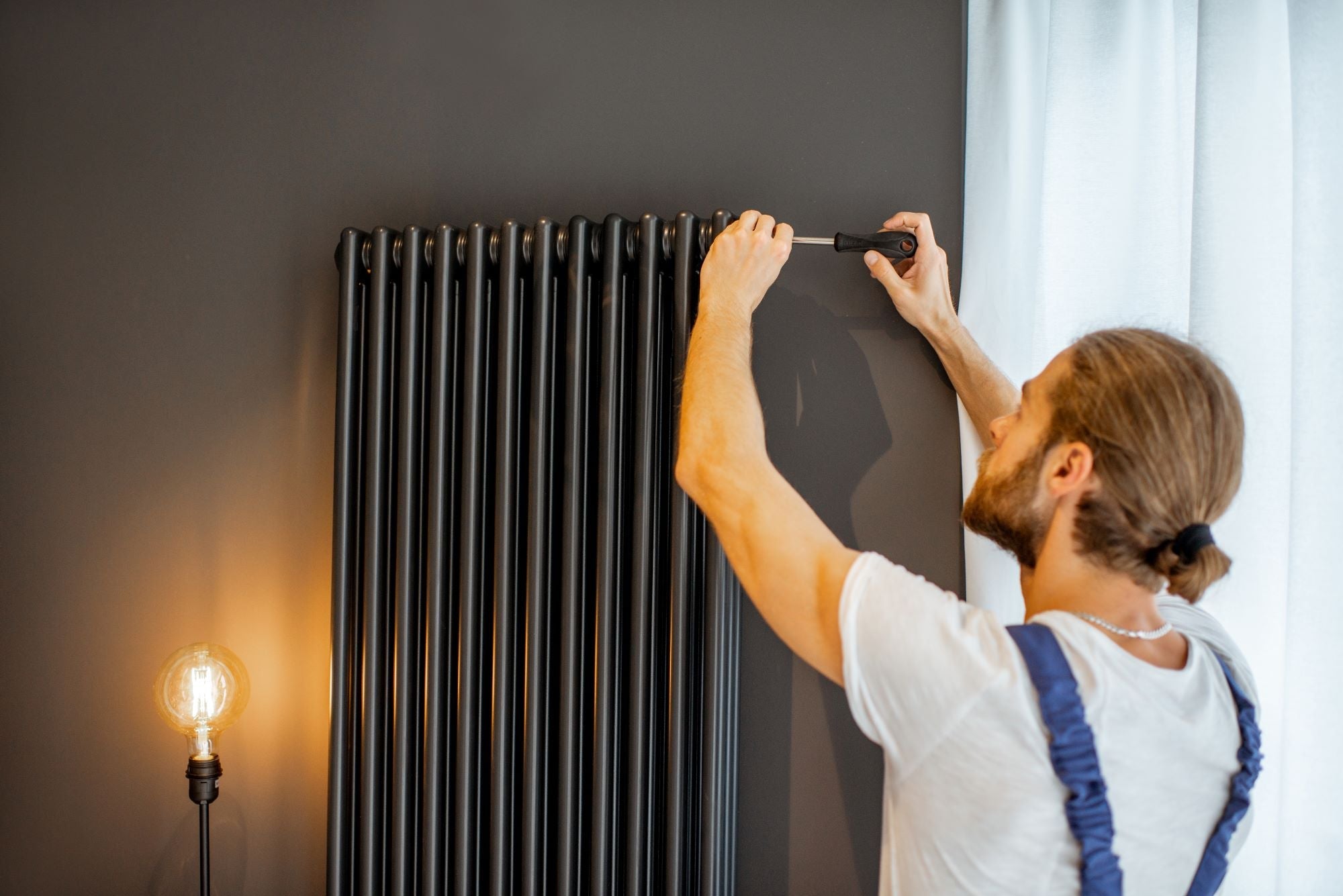
How To Size A Radiator
When it comes to sizing a radiator, there are two key things we need to consider, one of which is not always clear. 1. How much physical space do I have in the room: This could be projection into the room, or height/width available on the wall space. This concept is fairly straight forward, you just need a tape measure and to make choices on how far you will/can adjust existing pipe work (if already there). 2. What is my heating requirement This one is slightly more complicated and will be the focus of this blog. We have created an app, we call the RadSizer® to take care of all of this for you, but if you want to understand a bit more about how it all works then we will try to summarise as best we can. So when we talk about size, we aren’t just talking about size in the room, we are also talking about the amount of heat output we get from the radiator. Top Tip: The simplest way to find the right size radiator for your room is to use our RadSizer® App, which is essentially a matchmaker for your home and heating! RadSizer® AppRoom Energy Requirement
The first thing we have to establish to ensure we get the correct size radiator, is how much energy the room requires to maintain a certain level of heat. In general, the amount of energy it needs is related to several key areas, such as:- Wall Construction Type
- Roof Construction Type
- What is above the room, which could be another room in the property or the roof
- What is below the room, which could be another room in the property of the ground, or possibly in some cases, an open bay car park
- Insulation thickness
- Window and external door type (wood/metal, double glazing etc).
Finding a Radiator
Let's say we worked out that our room has an energy requirement of 1100 Watts, so we want a radiator that can provide this energy.Central Heating Products
As you can see on the image below, there are some triangles with numbers next to them. We will focus on the Watts values (BTU is just an imperial conversion of Watts).

These numbers represent the energy output of the radiator under different operating conditions. But as we are humans, we need a translation for that techno babble. We show our heat outputs compliant in accordance to BS EN 442, the British Standards, which dictate we must show Delta 30 (Δ30) and Delta 50 (Δ50), in addition we also show Delta 40 (Δ40) as you may have a condensing boiler with a lower flow and return temperature. Δ30 – These are low temperature solutions, such as heat pumps, with a flow temperature of below 55 degrees. Δ40 – This would be for a condensing boiler with a flow temperature of around 70°C and a return temperature of 50°C, making it more efficient. Any Gas boiler installed after 2005 is a condensing boiler. Δ50 – This would be for a gas or oil boiler with a flow temperature of around 75°C and a return temperature of around 65°C. Our hypothetical room requirement is 1100 Watts, so the next question is, what system do we have in place? As you can see on the image, different systems will provide different amounts of energy from the radiator. This is simply because the water temperature inside the radiator will be different - the hotter the water, the higher the heat output, but the more strain there is on our wallet. Having a larger radiator at a lower temperature is a lot cheaper to run. To learn more about energy and heating, you can see our blog on how heat energy works. Once we know what system we have and therefore, our delta rating, we need to start picking out radiators that suit the heating needs of our room and will also work on the heating system we have in place.
Electric Radiators
Electric radiators are slightly different, these will show a single heat output in Watts, so we need to find one that is suitable for the heat requirement of our room.

But the more important functionality is whether or not it has Ambient/Room temperature control.

Without this control, it isn’t suitable for heating your room and will probably cost you a lot more in energy usage without this functionality. But again, don’t panic, our RadSizer® gives you the option to choose between central heating or electric radiators and will only show you Electric Radiators from our catalogue that have this functionality.










